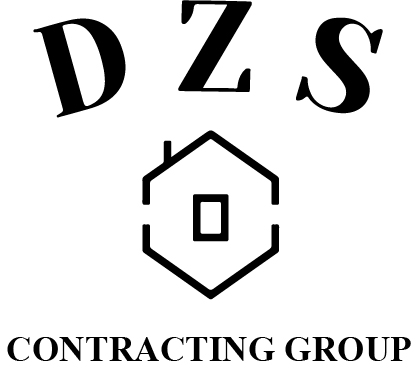As a homeowner, managing your finances effectively involves more than just paying your mortgage and utility bills. Implementing cost-saving strategies can significantly reduce your expenses and improve your overall financial health. Here are some practical approaches that can help you save money in various areas while maintaining the comfort and functionality of your home.
One of the first areas to consider is your utility bills. Energy consumption can take a considerable chunk out of your monthly budget, so it is worth exploring ways to reduce these costs. One effective strategy is to invest in energy-efficient appliances. While the initial cost may be higher, the long-term savings on your energy bill can be substantial. Look for appliances with the Energy Star label, which signifies that they meet energy efficiency guidelines set by the U.S. Environmental Protection Agency.
In addition to upgrading your appliances, you can also make simple changes around your home to save on energy. For instance, switching to LED light bulbs can dramatically reduce your lighting costs. These bulbs use at least 75 percent less energy than traditional incandescent bulbs and last much longer, which means fewer replacements over time. Similarly, incorporating smart home technology can help you monitor and control your energy use more effectively. Smart thermostats, for example, allow you to adjust your heating and cooling settings remotely, ensuring your home is always at the desired temperature without wasting energy.
Water usage is another significant expense for many homeowners. To reduce your water bill, consider installing low-flow fixtures, such as showerheads and faucets, which can cut water use without sacrificing performance. Regularly checking for leaks in your plumbing can also prevent unnecessary water waste. Even small leaks can add up to significant costs over time, so it’s wise to address them as soon as you notice them. Additionally, adopting water-efficient landscaping techniques, such as xeriscaping or drip irrigation systems, can help maintain your yard with less water.
Home maintenance can also provide opportunities for cost savings. Staying on top of routine maintenance tasks can prevent costly repairs down the line. For example, cleaning gutters, changing air filters, and inspecting your roof regularly can extend the life of your systems and materials. Additionally, learning some basic DIY skills can empower you to tackle minor repairs yourself rather than hiring a professional. There are plenty of online resources and tutorials that can guide you through common home improvement tasks, allowing you to save on labor costs.
Another way to save money as a homeowner is through effective budgeting and financial management. Keeping a close eye on your expenses can help you identify areas where you can cut back. Create a detailed budget that outlines your monthly income and expenses, and look for categories where you may be overspending. Consider using budgeting apps or tools to help you stay organized and track your spending habits.
If you have not done so already, explore refinancing options for your mortgage. Interest rates fluctuate over time, and if you secure a lower rate, you could significantly lower your monthly payments. Even small reductions in your mortgage rate can lead to substantial savings over the life of your loan. Be sure to weigh the costs associated with refinancing against the potential savings to ensure it makes financial sense for your situation.
Insurance is another area where you can seek savings. Review your homeowners insurance policy regularly to ensure you are not paying more than necessary. Compare quotes from different providers, and consider bundling your home insurance with other policies, such as auto insurance, to take advantage of discounts. Additionally, raising your deductible can lower your premium, but be sure you have the funds set aside to cover the difference in the event of a claim.
Consider energy-efficient landscaping and home improvements. Investing in quality insulation can help regulate your home’s temperature, reducing the reliance on heating and cooling systems. Proper insulation reduces energy consumption, saving you money and enhancing your overall comfort. Additionally, consider solar panels as a long-term investment. While they require an upfront cost, they can significantly reduce your electricity bills and even allow you to earn money back through energy credits in some regions.
Participating in local community programs can also lead to savings. Many municipalities offer free or discounted services, such as energy audits, which can identify areas where you can improve your energy efficiency. Take advantage of any incentives or rebates offered for energy-efficient purchases or home improvements. These programs are designed to encourage homeowners to make upgrades that save money while benefiting the environment.
Transportation costs can add up quickly, especially if you rely on a vehicle for your daily commute. Consider alternatives such as public transportation, carpooling, or biking to work. Not only can this save you money on gas and parking, but it can also reduce wear and tear on your vehicle. If you are considering purchasing a new car, research fuel-efficient models that will save you money at the pump over the vehicle’s lifespan.
In summary, homeowners can adopt various cost-saving strategies to improve their financial well-being. From upgrading appliances and reducing utility bills to engaging in DIY maintenance and effective budgeting practices, there are numerous ways to save. Assessing your insurance policies and exploring refinancing options can further enhance your savings. Ultimately, the combination of these practices can lead to a healthier financial situation, allowing you to invest and enjoy your home.

